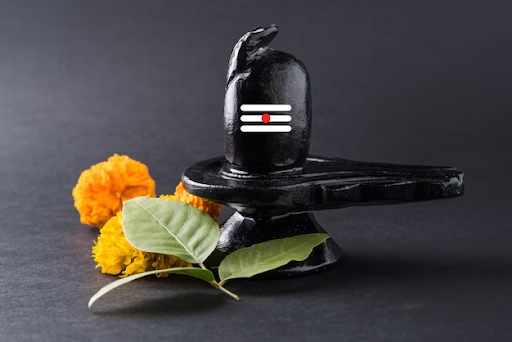All about Bilva (Bael)- From its significance in worshipping Lord Shiva to its medicinal values
The Bael tree or Bilva (in Sanskrit) is known for its spiritual and medicinal importance from years. Worshipping Lord Shiva cannot be completed without Bael patra. Its ternate leaves are called “Tripatra” (3 leaves) also commonly known as “Shiva Dhruma”. Hindus are known to offer …


